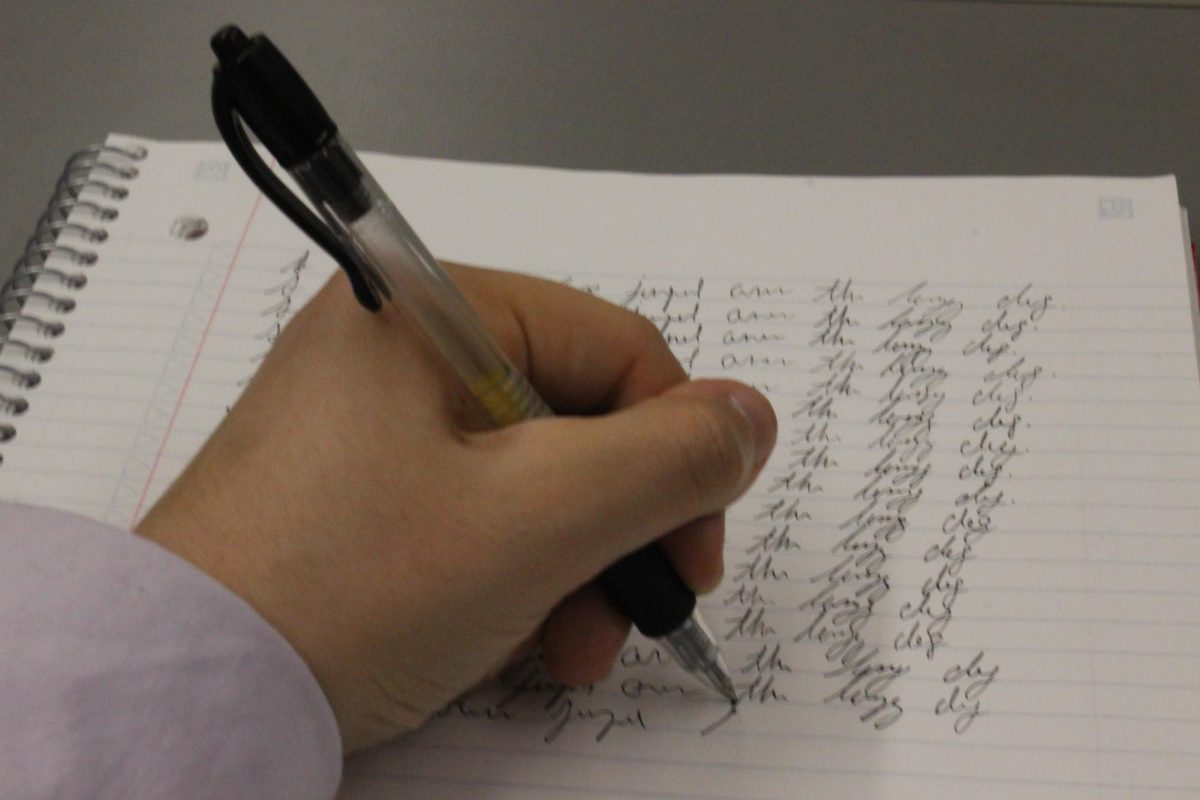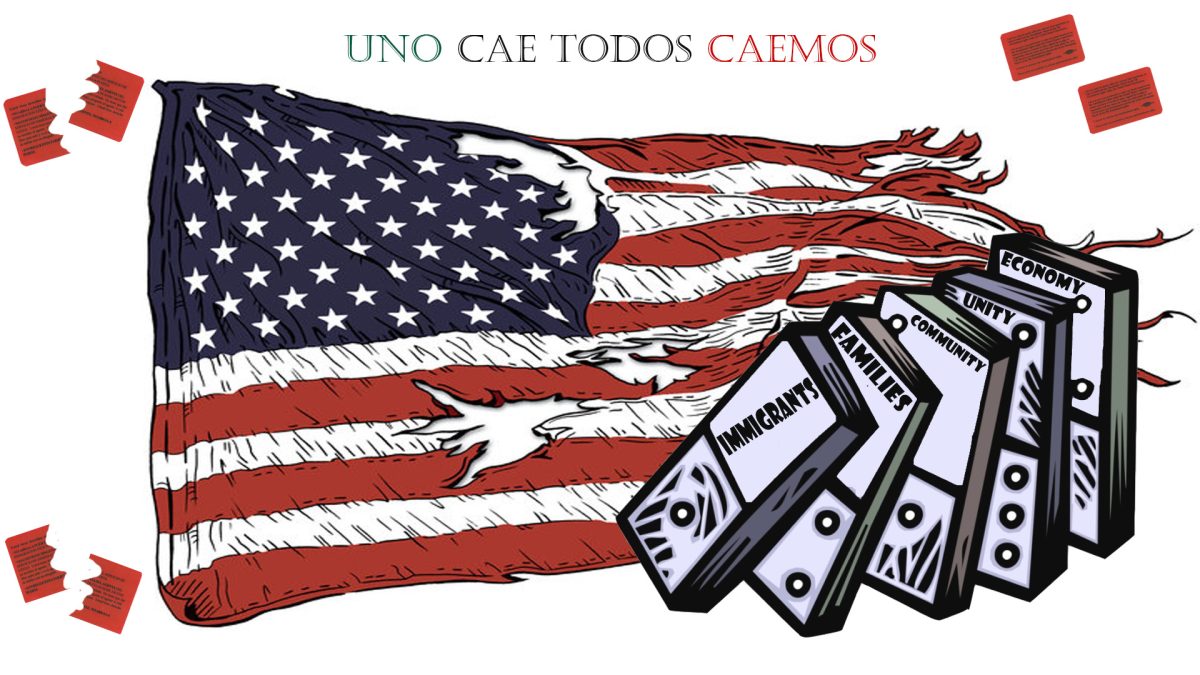I write in cursive. I’m sorry to all my classmates who had to partner with me for physical worksheets for making our assignments half illegible to them.
When I was in the third grade, I was taught cursive. I preferred it to the messy scribble of my attempt at print writing and it felt easier on my hands because I’d have to lift the pencil less often.
Most of my classmates would disagree. In 2010, more than 40 states adopted the Common Core State Standards (CCSS), California among one of them. These standards outlined the general goals teachers were expected to reach at the end of each academic year in language arts and mathematics. Cursive was not among one of these goals. My classmates had limited or no contact with cursive beyond, perhaps, a brief lesson on it in elementary school.
Due to the changing times, the bigger focus for writing became typing. However, by omitting cursive writing, students lost out on a lot more than beautiful penmanship. By writing in cursive, a person improves their hand-eye coordination and memory. Moreover, in young children, cursive has been linked with a higher quality of writing through more complex sentence structure and better understanding of word usage.
The few peers that can read my handwriting have likely been exposed to it repeatedly over the years. Those who haven’t, struggle to do so due to the neglect of teaching cursive in schools over a prolonged time.
The CCSS’ exclusion had stirred controversy in legislation and the public when it passed. Some states clarified that they expected cursive to continue to be taught. California was among them, expecting it to be taught in-between the third and fourth grade. However, this was an expectation, not a demand. This brief exposure did not help most children memorize the writing style. If a child simply went back to print after the lesson was over, it’s doubtful that it truly stuck with them.
In 2023, California Governor Gavin Newsom signed AB 446, which mandated the teaching of cursive from grades one through six. However, many believe that this law is useless, given the belief that cursive is becoming obsolete in a digital world. This law went into effect on Jan. 1 this year.
While cursive is not commonly used in a time where anything and everything can be written on a computer, tablet or phone, paper is not suddenly vanishing from existence. Neither are documents of the past. The Constitution was written in cursive, so was the Declaration of Independence. Students should be able to read the vital documents that birthed this nation and should have the right to understand what their founding fathers had to say.
Moreover, some assignments are still done on paper. Not everything in the classroom has turned to digital. Some teachers still have physical worksheets done by hand. There is still a need for writing by hand, which keeps the art of cursive alive.
Cursive is a historical skill practiced by people for centuries. It shouldn’t go obsolete due to the world becoming digitized. Writing remains a critical and necessary skill, with cursive being the base of those skills. The improvements it offers to hand-eye coordination for young children and the way it lets everyone understand texts of history as they were originally written makes the practice of handwriting an essential one for the future. California is right to ensure the preservation of the historic practice.










